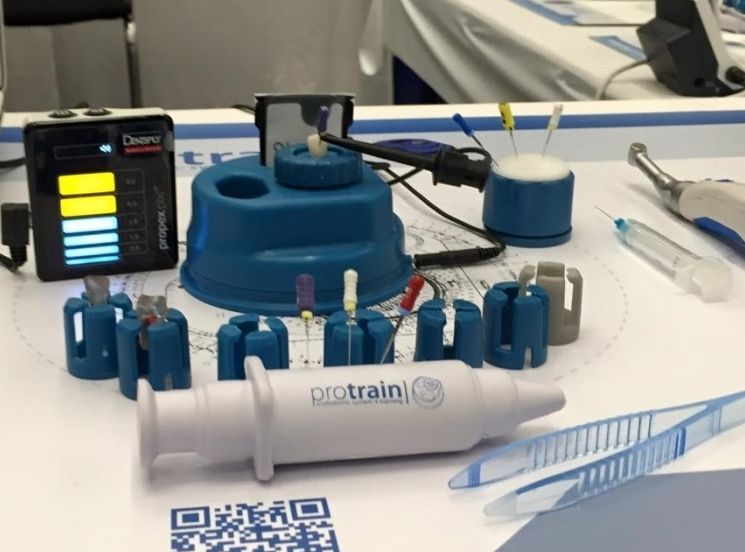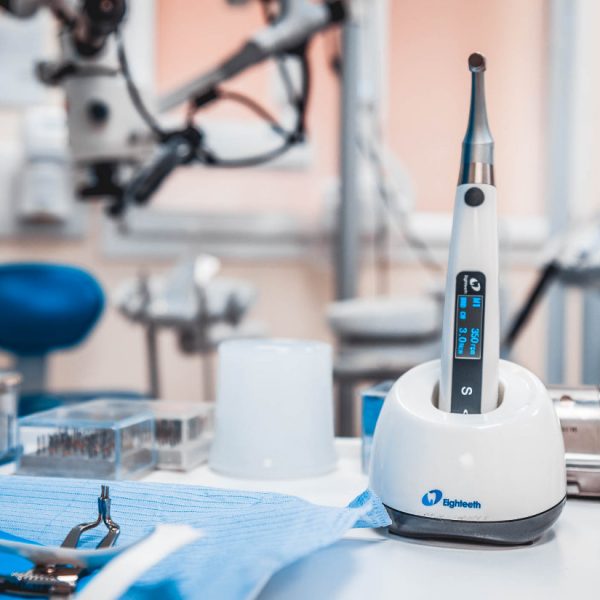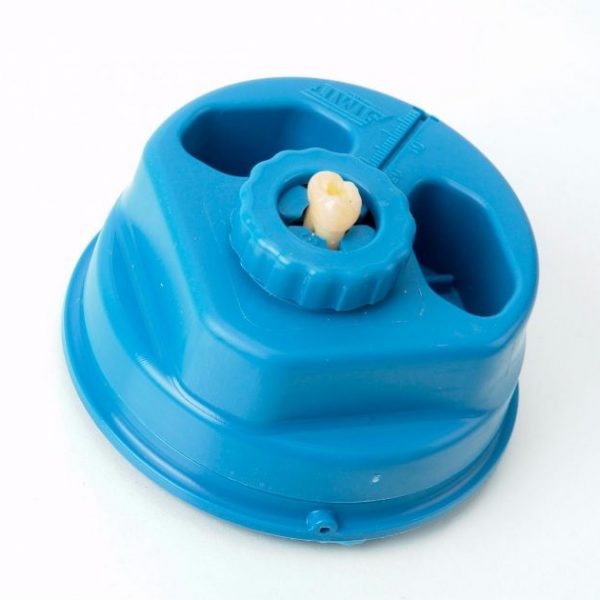
Endodontic training
01/02/2016
Riccardo Tonini
Warning: Undefined variable $post in /var/www/vhosts/styleitaliano-endodontics.org/endodontics.styleitaliano.org/wp-content/plugins/oxygen/component-framework/components/classes/code-block.class.php(133) : eval()'d code on line 2
Warning: Attempt to read property "ID" on null in /var/www/vhosts/styleitaliano-endodontics.org/endodontics.styleitaliano.org/wp-content/plugins/oxygen/component-framework/components/classes/code-block.class.php(133) : eval()'d code on line 2
At one time I thought the most important thing was talent. I think now that — the young man or the young woman must possess or teach himself, train himself, in infinite patience, which is to try and to try and to try until it comes right. He must train himself in ruthless intolerance.
William Faulkner
ABSTRACT
In recent years, new instruments with different techniques allowing to effect endodontic therapies with higher predictability have been presented on the market. These techniques must first be applied on simulators for proper training before being correctly used in the oral cavity. Extracted teeth represent the best method to effect training, although they must be blocked somehow and the endodontic working length must be detected by visual or radiographic investigation. A new device, called PROTRAIN (Simit Dental, Mantova, Italy), has been designed, patented and manufactured which allows extracted teeth to be placed so that endodontic therapy can be performed as if it were in vivo. It makes it possible to perform all phases of the access cavity opening, shaping, cleaning and filling of the root canal system in a practical, easy and reliable way and furthermore it allows to detect the endodontic working length through the electronic apex locator.
INTRODUCTION
in recent years there has been a radical evolution of endodontics thanks to the introduction of new instruments and techniques on the market. These instruments have changed the operational endodontic techniques at all stages of the endodontic therapy starting from shaping and cleaning up to the three-dimensional system filling of root canals. These tools improve the quality of dental treatments, making them more predictable and at the same time reduce operating time. All operators should do practical training to learn the proper endodontic technique essential for clinical activity.
All this has called for training on extracted teeth as up to now no model that can faithfully reproduce the hardness and the texture of endodontic dental tissues and especially its extremely variable anatomy has been developed yet.
So far, extracted teeth have been incorporated in silicon or other solid materials and the root canal lengths have been measured by X-ray survey and visually through the use of magnification at the endodontic apex.
With the introduction of the electronic apex locator, the root canal length can reliably and repeatedly be electronically measured in vivo. The learning curve for this tool is very short, but training enabling the operator to use it properly in different clinical conditions is however necessary. This explain the need to introduce the electronic apex locator in endodontic training.



